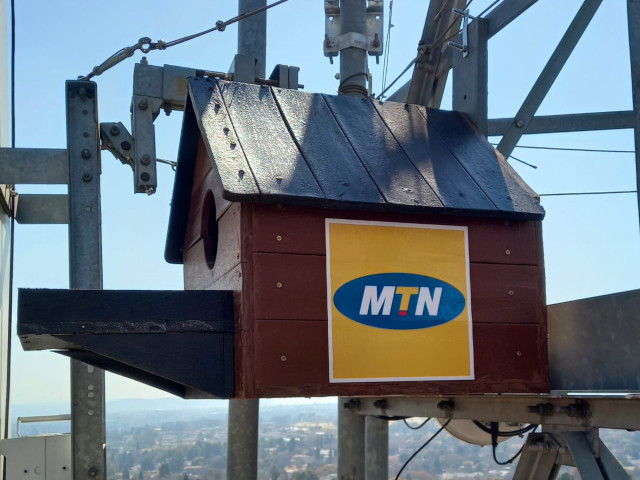MTN partners with Owl Rescue Centre to protect Barn Owls nesting in cell towers
By Staff Writer 20 August 2021 | Categories: news
News sponsored by Republic of Gamers ROG Zephyrus M16
With the high mortality rate of owls and as one of the most common wildlife casualties brought into veterinary practices, MTN is launching a conservation partnership with the Owl Rescue Centre to provide safe homes for owls nesting in MTN towers.
Today’s launch of the #OwlNetwork project is aimed at securing urban homes for Barn Owls and will see 100 boxes installed in network towers. According to MTN the Barn Owl boxes are being made from recycled materials and the little houses will be installed in high-density areas across Johannesburg North and West, with the other provinces to follow.
“MTN has a responsibility to protect the environment so that our customers and communities can live in harmony with their surroundings,” says Jacqui O'Sullivan, MTN SA's Executive for Corporate Affairs. She says MTN decided to take active steps when it became clear that there were growing numbers of Barn Owl families nesting in MTN towers.
“They are naturally drawn to urban areas, preferring to make their nests within existing structures and feed off rodents that are prevalent in urban environments. MTN towers are often a favoured location for a nest,” says O’Sullivan.
MTN chose to work with the Owl Rescue Centre on Project #OwlNetwork thanks to its history of rescue and rehabilitation of owls around the country. The Owl Rescue Centre team travels all over South Africa removing Barn Owls and other raptor nests, eggs and young from cell towers – but this comes at a cost and they can’t be expected to do it all themselves.
“The Owl Rescue Centre has been doing an amazing job in ensuring the safety of both the owls and the mobile operator technicians, and we had no hesitation in partnering with them to do even more to help,” says O’Sullivan.
Danelle Murray, Co-Founder & Director of Owl Rescue Centre says the top of towers and the inside floor areas are often used for nests.
“This delays maintenance work on towers as eggs and young birds need to be removed before technicians can access the tower cables and equipment. Owl houses provide a safe nesting site, which in turn will help grow the owl population in suburbs, creating a natural solution to rodent control. Owls don't make their own nests, instead they make use of man-made structures, such as Owl houses, to breed in,” she says.
Through #OwlNetwork project, the Owl Rescue Centre will make the owl boxes from recycled plastic. These boxes are durable and can be used for several years without any maintenance being necessary. It will provide the owls with a sheltered spot to nest that will not interfere with the network and technicians.
“Saving owls gives my life a distinct purpose and meaning, and I will always consider it a great privilege. We thank MTN for hearing the call for corporates to do more to help protect, rehabilitate and grow the populations of these wonderful – but increasingly threatened – species. It is imperative nature and animals are protected in our interconnected and interdependent existence,” says Murray.
“MTN believes in the power of connectivity to brighten lives and this means we need to be increasingly aware of our environment, of nature and the need to work together to do no harm,” concludes O’Sullivan.
Most Read Articles

Have Your Say
What new tech or developments are you most anticipating this year?




